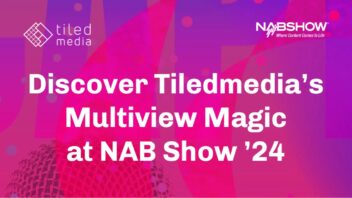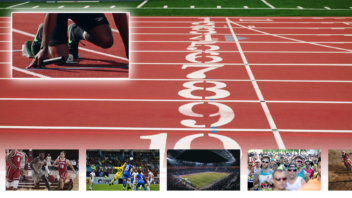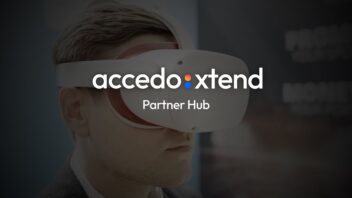Virtual Tourism - Transforming the Travel Industry with VR360
The pandemic has aroused major interest in immersive virtual travel experiences, and we strongly believe virtual tourism is here to stay, even more so after the pandemic.
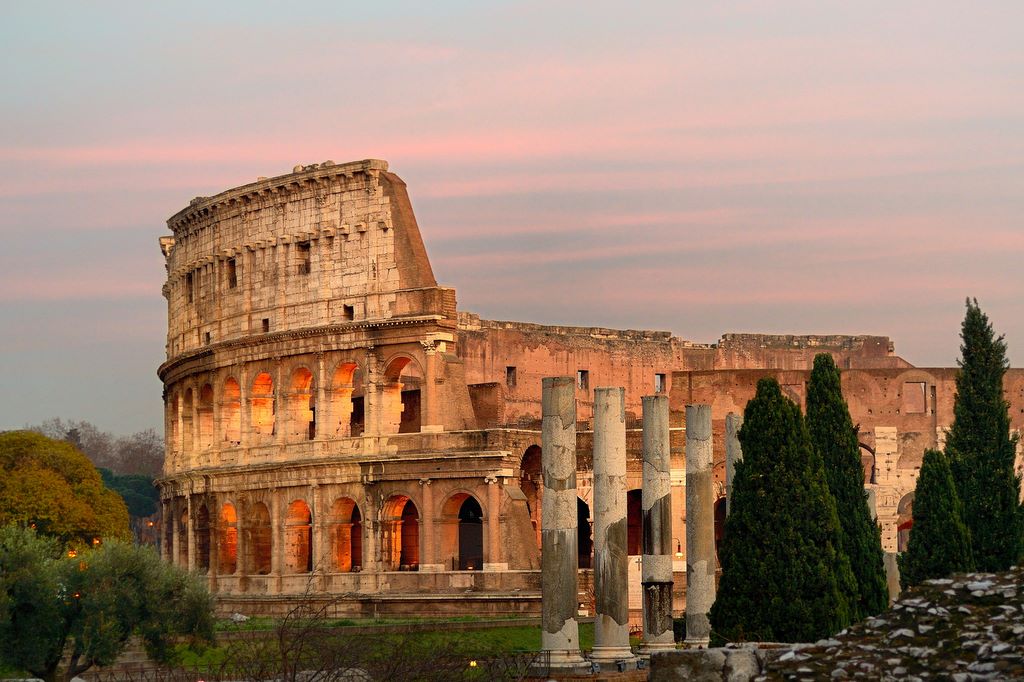
Virtual Tourism – Transforming the Travel Industry with VR360
It might not strike as a surprise that I have had several discussions with travel industry professionals over the past months. My conversation partners have launched or intend to launch new services in VR360. Virtual reality is clearly becoming an even bigger part of travelling, not only replacing real travel but also helping people better plan their next trips.
One of the interesting use cases is a guided tour with a live guide – and this is where many people reach out to Tiledmedia for help. In this blog, I will give a brief overview on virtual tourism today, the typical ways of doing immersive tours in VR360, and how Tiledmedia can help you in delivering these services to consumers, with a focus on live, guided tours.
Engaging Travellers and Keeping Travel Sustainable
VR360 can be used as a new way to engage travellers, offering them a way to experience exotic destinations. They can explore museums or exhibitions on a private tour, or visit their favourite places in the world. Further, virtual reality can provide the option to experience remote locations to people who are physically unable to travel.
Virtual experiences can also offer potential customers a taste of their new destination and stimulate emotional responses, in a way that a normal website or a TV screen cannot. Consumers can now explore their next destination by taking an immersive glimpse at the hotel rooms, virtually visiting the restaurants, or by taking a tour in the surrounding areas. Just giving consumers a flavour of what they can expect instantly heightens their interest and excitement.
VR can also help making the tourism industry more sustainable. Preserving historical sites in the face of tourism is difficult and costly. Tourism has destroyed some sites, and led to the closure of others. VR offers new, innovative way to preserve attractions and landmarks while fostering more meaningful and more educational ways to explore these sites.
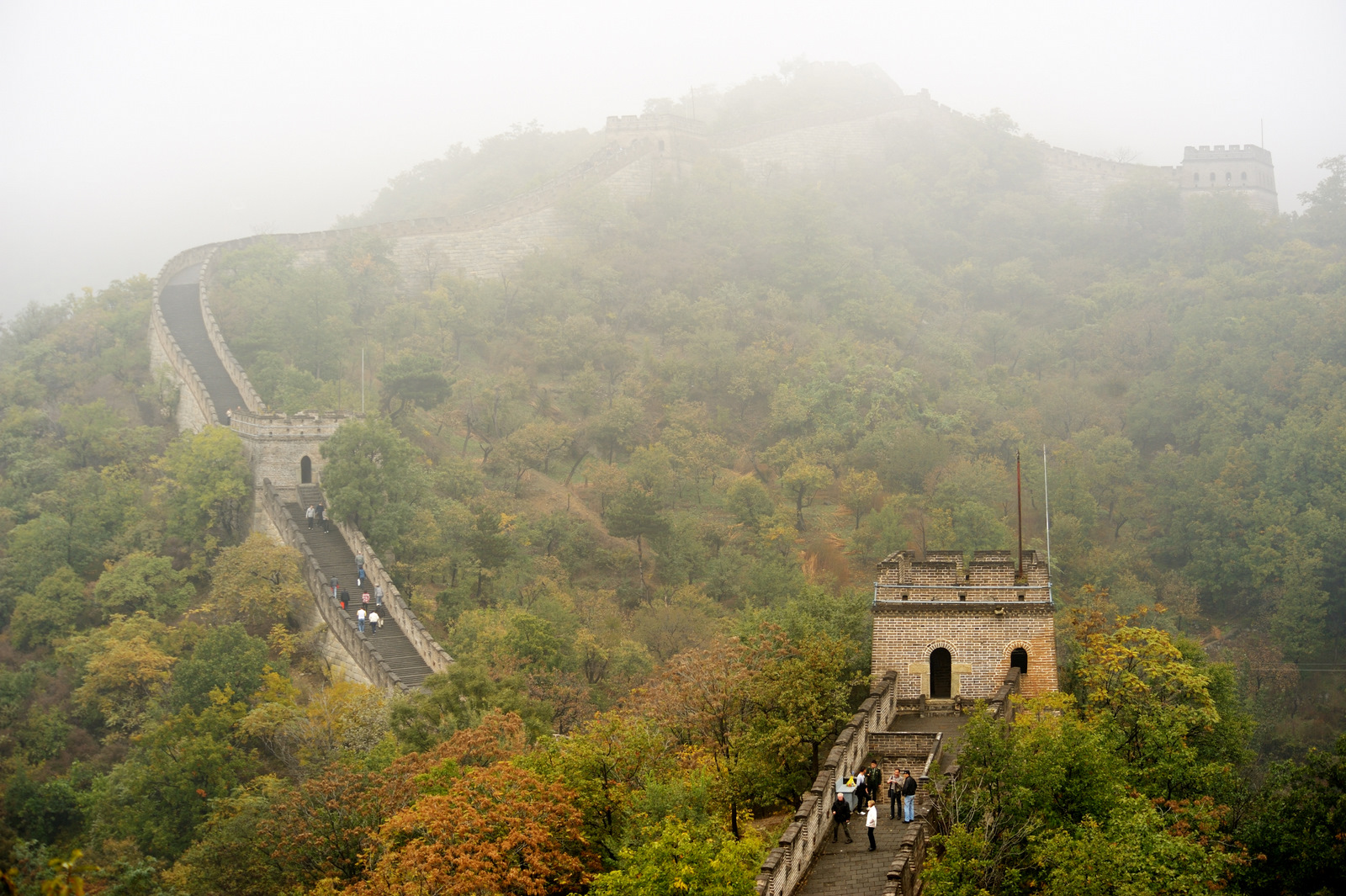
Immersive Live Tour Experiences
In my conversations I have heard roughly two categories of ideas. The first one is a scheduled on-demand service with a live guide. And second, a real live streaming service with a guide on location. I will describe both in more detail below.
Real Live Tour with a Guide on Location
If you want give your customers a real live experience, you should provide your service in low latency VR streaming. Your visitors can direct the guide and the camera in real time, giving maximum flexibility. They can talk to the guide and their fellow visitors, and instruct the tour guide on where to go and what they want to see. This provides the tour participants a with a genuine feeling of being live on site.
Let’s examine this option in more detail.
On the production side, you need to ensure a continuous and sufficient upstream bandwidth along the entire tour. You will also need a mobile camera with sufficient battery capacity. Next, you will need a guide and a camera person, or a guide that can operate a VR camera and while guiding your guests. Since the production is live, there is always a risk of having bad weather or other unexpected local circumstances. The transcoding costs are higher for doing live streaming that for pre-recorded tours (see below), as every tour will be transcoded individually, and live transcoding is harder than on-demand.
As for visual quality, there is always a trade-off between the quality and bandwidth requirements when streaming live, and certainly with low-latency live. Scenes shot outside by a moving camera typically take significant contribution (upload) bandwidth and also the distribution bandwidth. You will need to rely on mobile networks these are unreliable – even with 5G. (There are reliable contribution services using mobile networks as used in broadcast, but these are rather costly). In short, mobile networks will affect your production quality and your budget.
To summarize:
- Immediate interaction:
- Participants can instruct the tour guide on where to go and what they want to see.
- Tour and participant interaction are not limited by pre-recorded material. You can do a slightly different tour every day, not two tours are exactly the same.
- Your participants will have a genuine feeling of being on-site, live.
- Production:
- The uplink needs to be continuous and of sufficient bandwidth along the entire tour, outside and inside buildings.
- Live streaming requires continuous, battery-powered capture and transmission equipment.
- Any errors in your upstream data will show immediately to users.
- You need on-site personnel: a guide and a camera person, or a skilled person who can do both. A shaky camera may make your users sick.
- The guide (as well as the equipment) always needs to be on-site during the live tour.
- Weather or local conditions might interfere with your production.
- Visual quality:
- When live streaming, it’s harder to get excellent quality than for on-demand content.
- Since you will want to achieve low-latency, you are limited to 4K which sounds high but really isn’t all that great in VR.
- Especially scenes shot outside with a moving camera require high bandwidth to upload – and your users will see artefacts when you don’t have that bandwidth..
- Cost:
- You need to have guides and equipment available in all tour sites during every tour. (You probably need spare equipment in every location as well)
- Transcoding needs to be done individually for every live tour, and it’s live transcoding.
- You need significant mobile bandwidth during the entire tour.
- Planning for local conditions might bring additional cost: severe weather, temporary local restrictions, etc.

Scheduled On-Demand Virtual Tour with a Live Guide
We have seen the advantages and disadvantages of a true live tour. The notable challenge is (video) quality. I will now describe an alternative that is more cost-effective and can be offered with significantly better visual quality. Needless to say that visual quality is important when remotely touring an interesting site.
The Scheduled on-demand option combines the best production quality, the best visual quality, and the lowest operational cost. Basically, you record once and then you can schedule the recording to play out to a group of people with a live tour guide. Everyone in the tour – visitors and guide – will be in sync. Guests and guide can communicate about what they see, and the guide has the option to stop the video to answer visitor questions. Your guide can do the tour from the comfort of their home – wherever they are in the world. A tour can be scheduled as many times as you like – and they can even overlap since it is all just on-demand streaming.
Let’s examine this in a bit more detail.
You do your camera production offline, end record to a local recording medium. You can do multiple takes of a scene to ensure the best quality production and edit your takes any time. You are not dependent on any live upstream bandwidth, which makes your service more reliable and independent from local network conditions. By facilitating the best possible production quality, you can also control for potential motion sickness much better. Scheduled tours that use pre-recorded videos can be streamed at very high resolution, way beyond the 4K of the live tours. Taking advantage of Tiledmedia’s tiled transcoding workflow, you can at least go to 8K on any commercially available headset. If the consumer network conditions and device in use allow it (e.g., on a Quest 2), you can go all the way up to 12K.
On-demand tours save very significant production cost compared to live tours, as they allow transcoding only the best shot of each attraction and using that indefinitely. You do not need to have multiple guides and camera equipment available in every tour location. This means there are no continuous travel costs and you can do with less camera equipment. An additional advantage is that it takes the local mobile network out of the loop. You will not have any mobile network hassle and cost. There is also much less risk of any (financial) impact of local weather conditions and temporary restrictions. Your tour is always on, no matter the weather or the detour.
Using pre-recorded tours allows you do to same tours in multiple languages, with different guides. It also allows the flexible start time of the tour, and you can have multiple tours at the same time. Your participants can still fully communicate with the guide and with each other in real time, and ask the tour guide to stop the video and look around in very high resolution.
Of course, there are a few downsides as well. The first one is obvious: it’s not truly live. For instance, your tour may not reflect the season – although you could record a few versions, in different seasons. It will be impossible to tell the guide to walk to a certain point, or change the tour route while on the go. You will have to do a new recording if the local situation changes. More in general, your content needs refreshing time-to-time, for the tour experience to stay relevant.
To summarize:
- Production:
- You can do multiple takes to ensure the best quality production.
- You can edit the camera production any time.
- You can ensure there is no motion sickness.
- You can control and mix the audio.
- You are not dependent on live upstream bandwidth.
- Your guides do not need to operate a VR camera.
- You can set the scene.
- You pick a nice day for shooting, and choose the best moment, the best weather, and a moment when it’s not completely crowded.
- You are not dependent on mobile network coverage
- Best visual quality:
- You can stream at very high resolution, up to 12K.
- It is much easier to do on-demand than live, especially with scenes shot outside that require very high bandwidth to upload.
- Cost:
- You need to transcode every attraction only once, and can then make it available for simple streaming
- Your guides can work from anywhere in the world
- You don’t need equipment and spare equipment in every tour location.
- You don’t need to double or triple your equipment if you want to do parallel or overlapping tours.
- There is no mobile data cost for upstreaming
- Flexibility:
- You can do the same tour in multiple languages.
- You can start the same tour at 14:00 and then another one at 14:05, or do multiple tours at the same time.
- Live interaction:
- There will be live interaction between the guide and participants who to join the same virtual tour. ClearVR ensures everyone is in sync
- Tour participants can always ask the guide to stop the video and look around, in high quality
- The experience can be tailored to tour visitors needs and wishes. For instance, you can compile a tour out of various clips, make it longer or shorter, add or drop attractions.
- Not then-and-there:
- it’s difficult to ask the tour guide to walk to a certain spot and take a closer look from there.
- Keeping content up-to-date:
- Content needs updating from time to time for it to stay relevant.
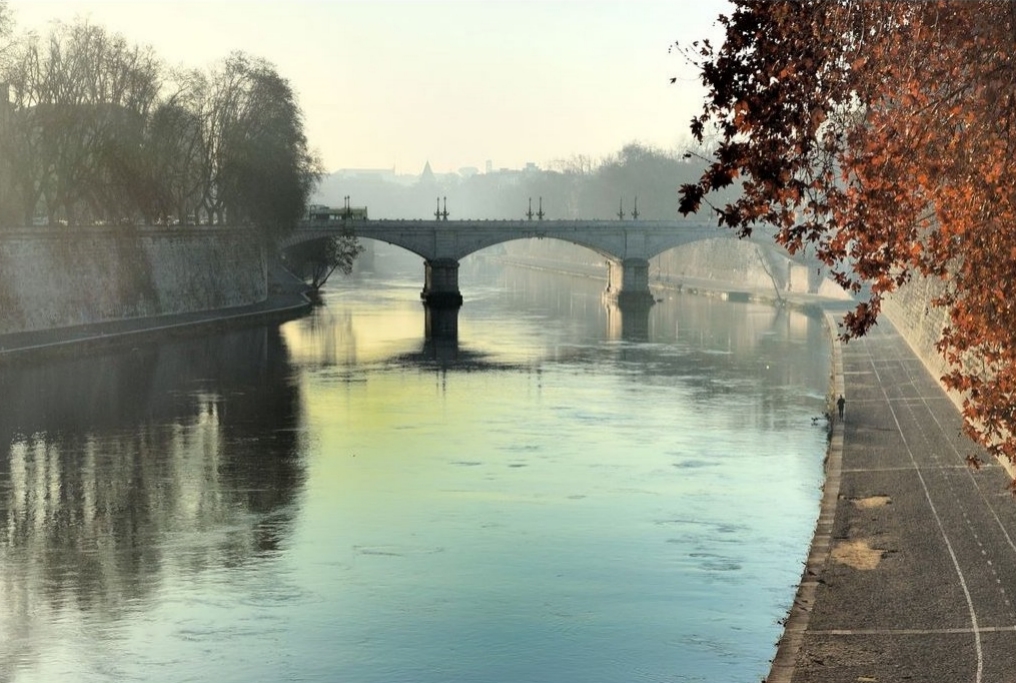
How Can Tiledmedia Help?
Tiledmedia can enable both flavours: very high quality on-demand VR360 content and low-latency live. Both are empowered by our cloud transcoding service (ClearVR Cloud) and a software development kit (ClearVR SDK). The picture below describes where ClearVR fits in.
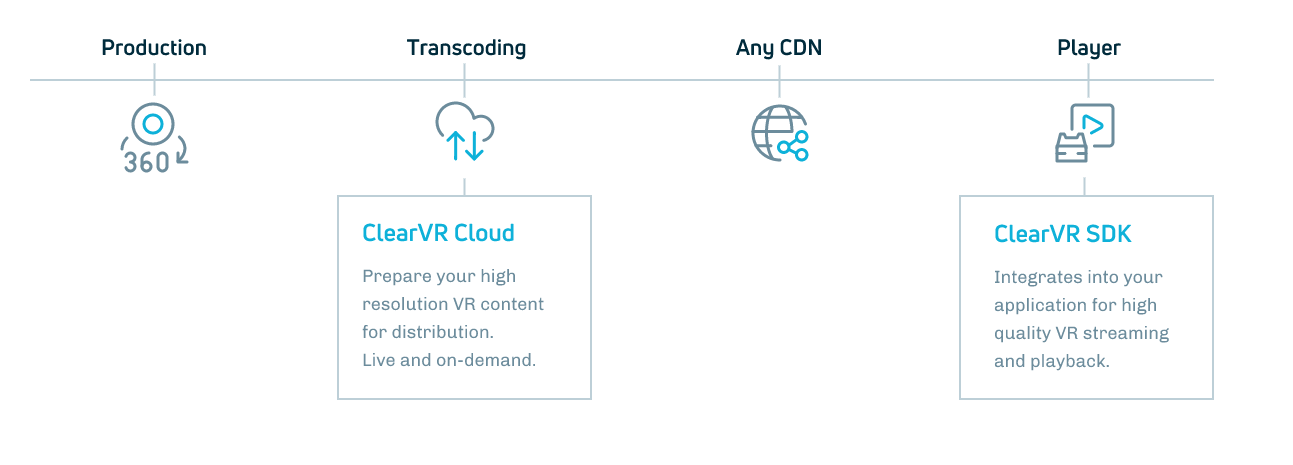
We assume that, like our typical customer, you will do the production and build your own consumer application. We also assume that you will arrange the content delivery network (CDN), but we can help select one.
To find out more how our technology works, check our “how it works” pages.
High Quality Scheduled Tour with a Live Guide
If you are looking to deliver your customers scheduled on-demand tours with a live guide, we can help you deliver extremely high-resolution streams (up to 8-12K) and to reduce the bandwidth by using our Tiled streaming technology. You can save costs by transcoding each tour location content only once, as there are no limitations in using the already transcoded content.
While your content will be pre-recorded, tour participants can always ask the live tour guide questions, throughout the tour. They can also ask the guide to pause the video, and look around in extremely high quality.
All tour participants will be in exact sync with our Sync feature, to make the experience truly social. This means that all of the tour participants will see exactly the same picture at the exact same time. This avoids any spoilers during the tour, and enables communication and emotion sharing throughout the virtual experience. You can manage your own clips using our self-service transcoding tool, ClearVR Cockpit.
Live Tour with a Guide on Location
If you wish to deliver your customers a real live streaming experience with a guide always on location, we can enable live low-latency transcoding. Our low-latency streaming solution delivers a glass-to-glass latency in the order of 2 seconds. With low-latency live streaming, participants can freely direct the guide and camera during the tour and ask questions without any communication latency.
Our SDK ensures that your users are kept at the live edge even if they would experience an occasional buffering event, again keeping them in sync. The live VR low-latency streaming is scalable and allows the distribution of your tours to as many people as you would like, over any CDN. While we assume that your users use a headset or a mobile device, low-latency streaming can also be enabled for web playback.
Live Tour in the Highest Quality
There is always a trade-off between latency and quality. Our tiled pipeline provides the best quality; the low-latency option provides the lowest latency. I didn’t mention it above, but we have a third flavour: live streaming in our tiled format, with very high quality and lower bandwidth. This combines the “live” aspect with the high quality, but there are some things to be aware of.
First, doing a mobile production for, say, 8K is harder still than it may already be for 4K. Second, the glass-to-glass latency is in the order of 30-40 seconds which makes interaction with the guide harder. Note that the voice channel will still be immediate, but local audio and video will have that latency. Depending on your exact use case this might still the best solution to deliver the best quality immersive tour experiences. Also with live streaming, you are able to self-manage their live transcodes via the ClearVR Cockpit tool.
Comparing the options
The table below compares the on-demand 8K and low-latency 4K options side-by-side.
| Scheduled 8K On-Demand with a Live Guide | Live 4K with Guide on Location |
|---|---|
| • Extremely high-resolution, 8K (or even higher on suitable devices) | • Live low-latency transcoding (LL-HLS) |
| • Low bandwidth | • Low Latency |
| • One-time transcoding in ClearVR Cloud | • Live transcoding in ClearVR Cloud |
| • Unlimited use of transcoded video | • Trade-off between latency & quality |
| • Highly scalable with existing CDNs | • Highly scalable with existing CDNs |
| • Immediate communication; can mix in local, ambient sound in post-production | • Live local audio with immediate communication |
| • Users can ask guide to stop video and they can look around in high quality | • Users can direct guide and camera during the tour |
| • Small fee per user per minute | • Small fee per user per minute |
| • Global video sync to ensure everyone sees the same at the same time | • Global video sync to ensure everyone sees the same at the same time |
| • ClearVR Cockpit to self-manage on-demand transcodes | • ClearVR Cockpit to self-manage live events |
| • Full project support | • Full project support |
| • Multiple devices (HMD, phones, tablets) | • Multiple devices (HMD, phones, tablets) and web |
Any questions, or curious to hear more? Feel free to drop me a note at [email protected]
(All pictures (c) Tiledmedia employees)
July 2, 2021
Blogs

Author
Mimi Lounio
Stay tuned!
